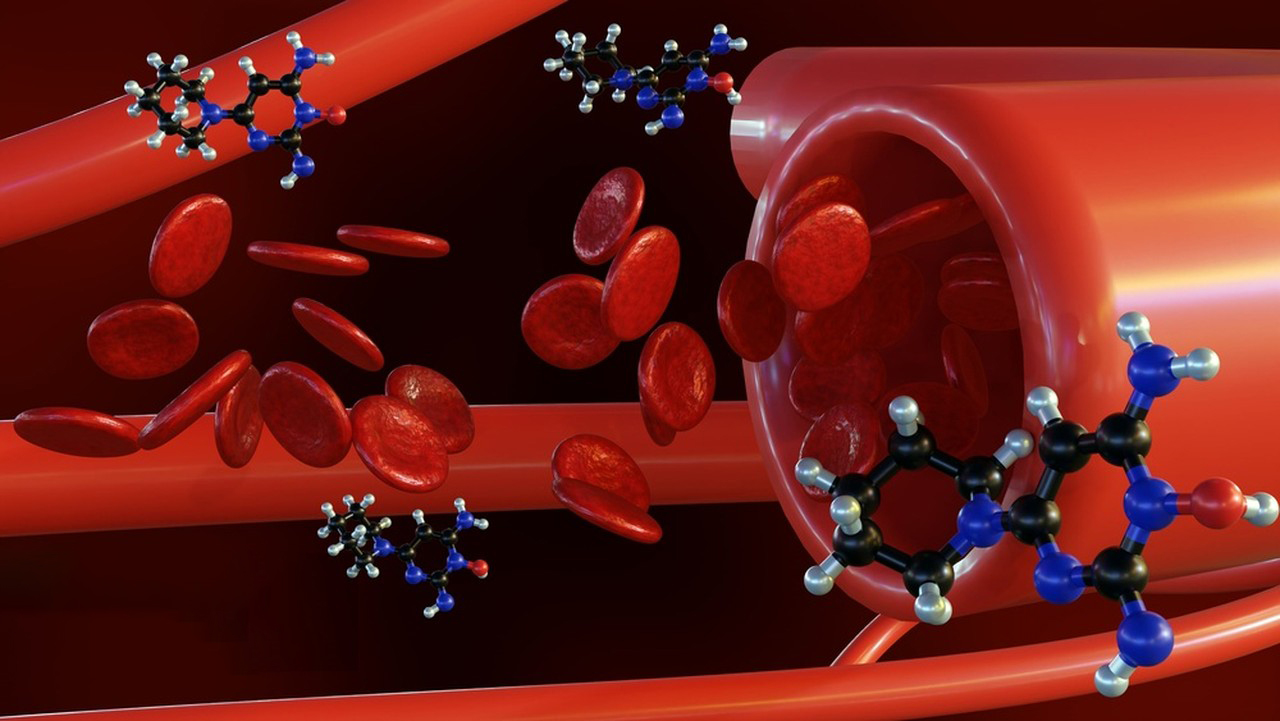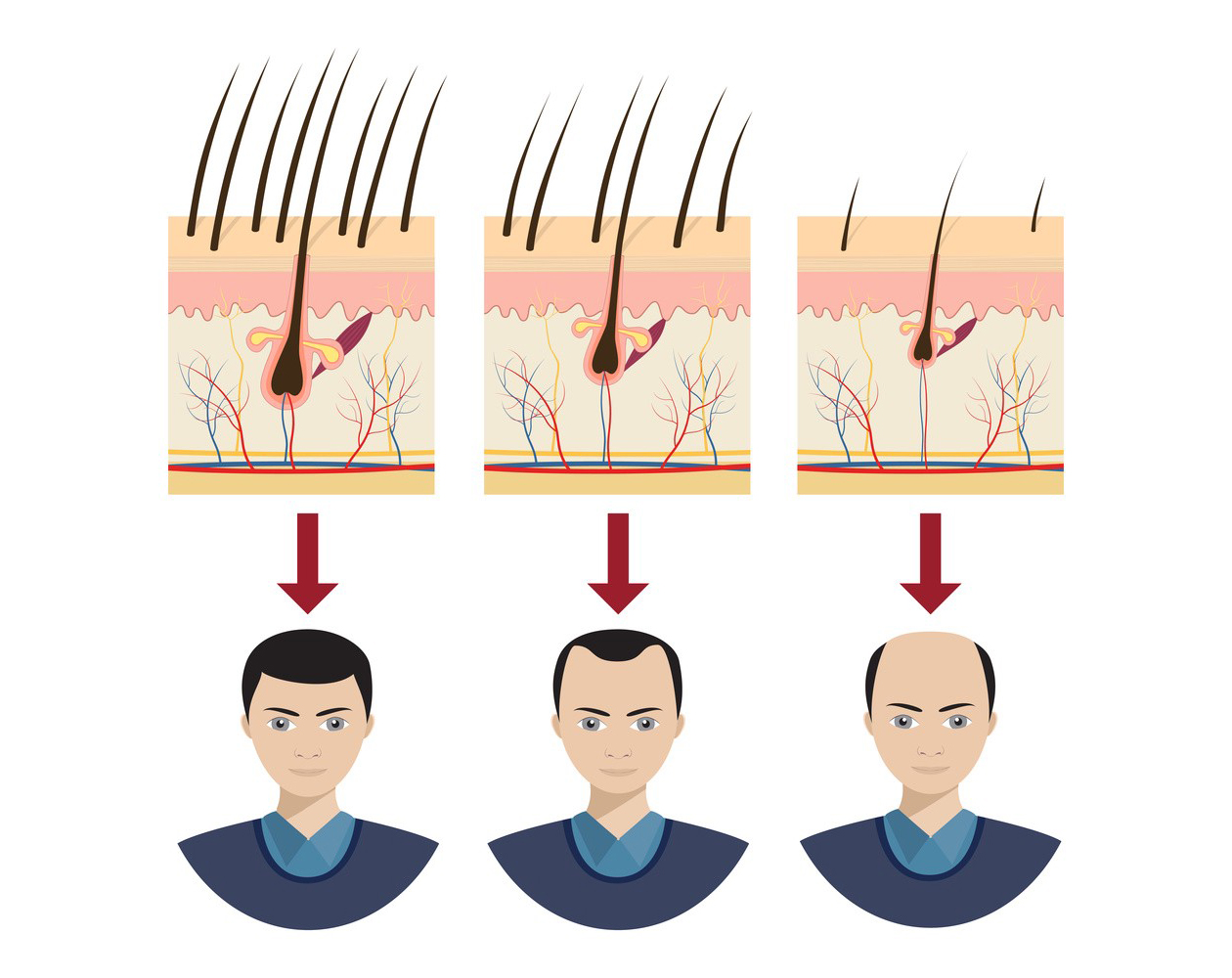Minoxidil is a medication commonly used for hair growth in individuals with male and female pattern baldness. The synthesis of Minoxidil involves several organic reactions, often using a combination of nitration, reduction, and other chemical processes to obtain the desired structure. Below is a simplified outline of the key steps involved in the synthesis of Minoxidil:
Key steps in Minoxidil Synthesis:
1.Starting Material:
Minoxidil is derived from pyrimidine, a six-membered ring with nitrogen atoms. One of the common synthetic routes begins with 2,4-diamino-6-pyrimidine.
2.Nitration:
A nitration reaction introduces a nitro group (-NO₂) to the pyrimidine ring. This step is crucial for the further development of the molecule and can involve reaction with a nitrating agent, typically a mixture of concentrated sulfuric acid (H₂SO₄) and nitric acid (HNO₃).

3.Reduction:
After nitration, the nitro group is reduced to an amino group (-NH₂). This can be achieved by catalytic hydrogenation or other reduction methods like iron or tin reduction, which reduce the nitro group to the amine group.
4.Cyclization and Substitution:
Next, the amino group undergoes a cyclization reaction. This step may involve adding reagents that promote the formation of a second heterocyclic ring, leading to the synthesis of a pyrimidine-based intermediate.
5.Side Chain Introduction:
To create the final Minoxidil structure, the key side chain (a -CH₂OH group) must be introduced. This step typically involves reacting the intermediate with reagents like formaldehyde to form the hydroxymethyl group. The side chain is essential for the drug’s biological activity.
6.Final Purification:
After forming the desired Minoxidil structure, the compound is purified by techniques such as recrystallization or chromatography to remove any byproducts and impurities.

Final Structure:
Minoxidil is chemical formula is C9H15N5O. It consists of a pyrimidine ring with a hydroxymethyl group (-CH₂OH) attached and two amino groups (-NH₂) positioned on the ring.
The structure can be drawn as:
NH2
|
N-C-N-C-N
| |
NH2 CH2OH
This synthesis route is a general outline, and variations can occur depending on specific methods or reagents used in a laboratory setting.
